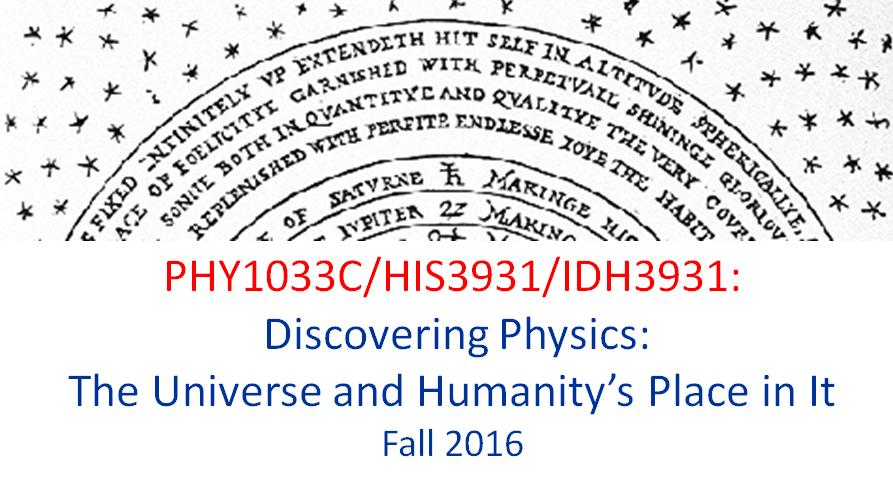















|

A1 (Caridad Dominguez): In Ancient Greek times, a protractor or astrolabe could be used to be angled at the moon.
Depending on where the moon is positioned in the sky, these devices can be used to tell time at
night. Also, a kclepsydra, also known as a water clock, was used to measure time for the
Greeks as hours were not consistent to be the same length day to day. These measurements
were not very accurate, but they were useful to a certain extent. Also, the sun rises
exactly in the East on the equinoxes because sun rays fall vertically on the Equator
these two days of the year, separated 6 months apart which was necessary to more accurately
determine where East and West lie to use an astrolabe. Finally, since the equator is considered
to be zero degrees, astronomers used this as a starting point to chart maps and establish a
universal latitude and longitude to then have more accurate angles which would result in better
time keeping and thus be able to establish when it is midnight.
A2 (Logan McNeer): The Greek astronomers used fixed points such as the north star to give them directions, then used
the rising and setting of the sun from East to West as well (P. H. remark: this works, but only on
the equinoxes, when there is an equal amount of night and day. Then the sun rises in the East and sets in the West).
The Greeks used a measuring system called stadia, which was used around the time of Eratosthenes, when
he calculated the circumference of the Earth. Plato invented the water clock as a way to measure time
(P.H. remark: he invented a version of it to use as an alarm clock, but water clocks were used
generally even earlier, see wikipedia ).
There is also a device called the Antikythera, dated back to the late 2nd century BC. Typical of ancient Greek
methods, it utilised a deep knowledge of constellations, the zodiac and the movements of the sun and
moon to calculate the lengths of months.
A (Megan Kroft):
A' (PH): One could also have mentioned Caroline Herschel, 1750-
1848, an astronomer who discovered several comets; Mary Fairfax Somerville 1780
-1872
carried out experiments on magnetism and the sun and was said to be the first
women to present a paper at the Royal Society; or Nicole-Reine Lepaute,
1723-1788, who predicted the return of Halley's Comet.
(PH: for short bios of influential women physical scientists, see
this page )
Discussion board under construction.
Home
| Syllabus
| Instructors
| Discussion Board
| Homework
| Tests
| Notes
|Links
